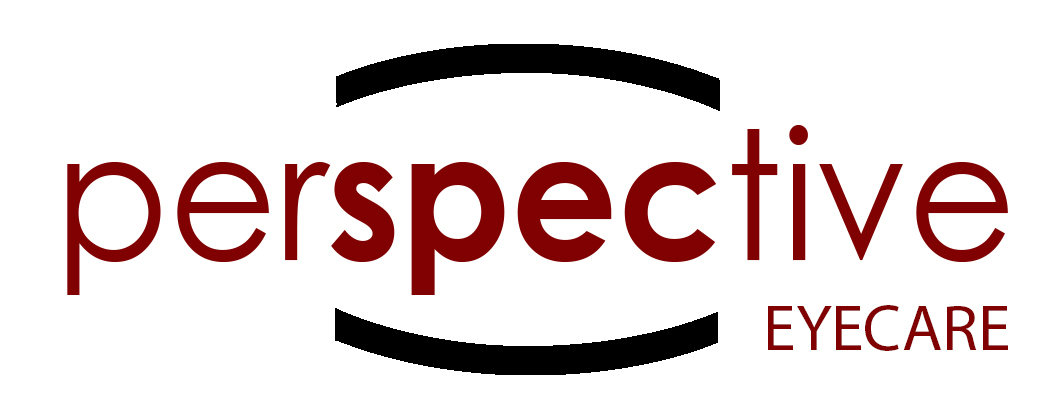Glaucoma: The Silent Thief of Sight
/You’ve probably heard of glaucoma, but did you know it’s one of the leading causes of blindness around the world? What makes it especially tricky is that it often sneaks up without any warning signs — earning it the nickname, “the silent thief of sight.” The good news? With regular eye checkups and proper care, glaucoma can be managed before it causes serious vision loss.
What Exactly Is Glaucoma?
Glaucoma isn’t just one disease — it’s actually a group of eye conditions that damage the optic nerve, the part of your eye that sends what you see to your brain. When this nerve gets damaged, your vision starts to fade, often beginning with your side (or peripheral) vision.
This damage usually happens when pressure builds up inside your eye. Normally, a fluid called aqueous humor flows in and out to keep everything balanced. But if that fluid can’t drain properly, pressure increases and puts stress on your optic nerve. Over time, that can lead to permanent vision loss.
The Different Types of Glaucoma
There are two main types of glaucoma:
Open-angle glaucoma: The most common form. The drainage angle in your eye stays open, but fluid drains too slowly. This kind develops gradually — you might not notice any vision changes until the damage is significant.
Angle-closure glaucoma: Less common but more serious. Here, the drainage angle suddenly gets blocked, causing eye pressure to rise quickly. It can cause symptoms like severe eye pain, headaches, blurred vision, or nausea. This is a medical emergency — if it happens, see a doctor right away!
Who’s at Risk?
Glaucoma can affect anyone, but some people are at higher risk. You might be more likely to develop it if you:
Are over 40 (and especially over 60)
Have a family history of glaucoma
Are of African, Asian, or Hispanic descent
Have diabetes or high blood pressure
Have had an eye injury
Use steroid medications long-term
Because early stages often have no symptoms, regular eye exams are the best way to catch glaucoma early.
How Is It Treated?
There’s no cure for glaucoma yet, but treatments can help protect your remaining vision. Common options include:
Prescription eye drops to lower eye pressure
Laser treatments to improve fluid flow
Surgery to create a new drainage pathway
The key is staying consistent with your treatment and keeping up with your eye doctor visits.
Protecting Your Sight
If you’ve been diagnosed with glaucoma, remember — you’re not alone, and vision loss can be slowed or prevented with proper care. Stick to your treatment plan, eat well, exercise regularly, and wear protective eyewear when needed.
And if you haven’t had an eye exam in a while, now’s the perfect time to book one. Catching glaucoma early could literally save your sight.

